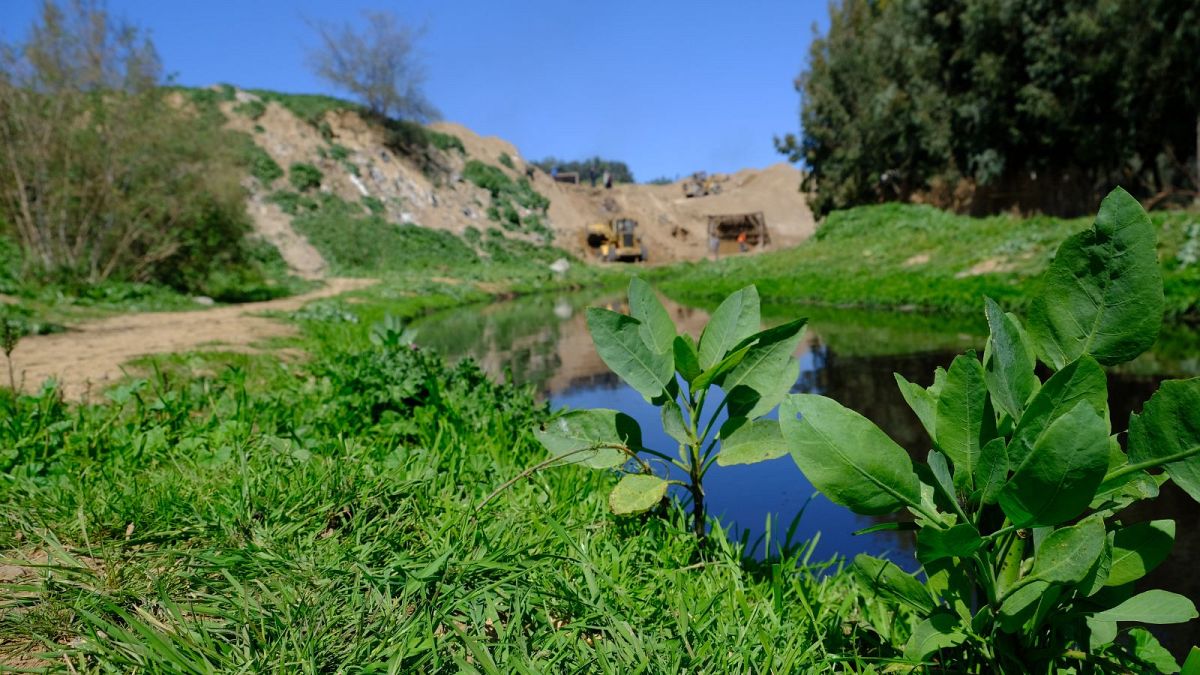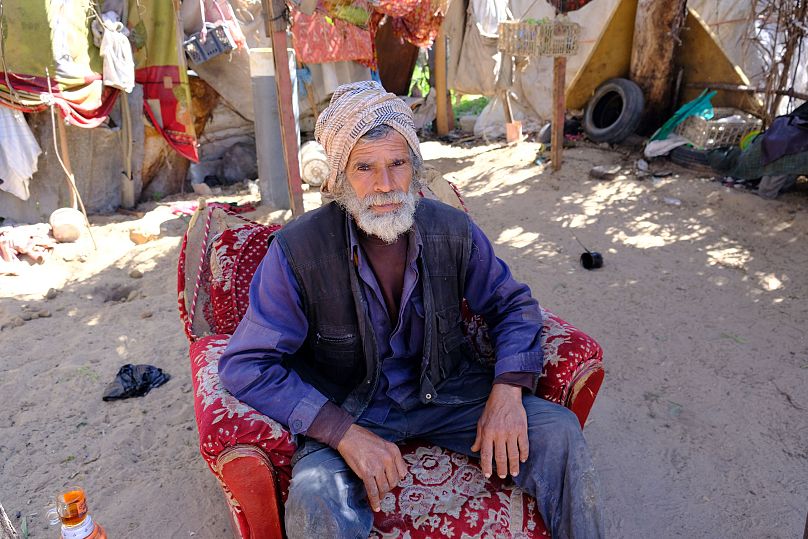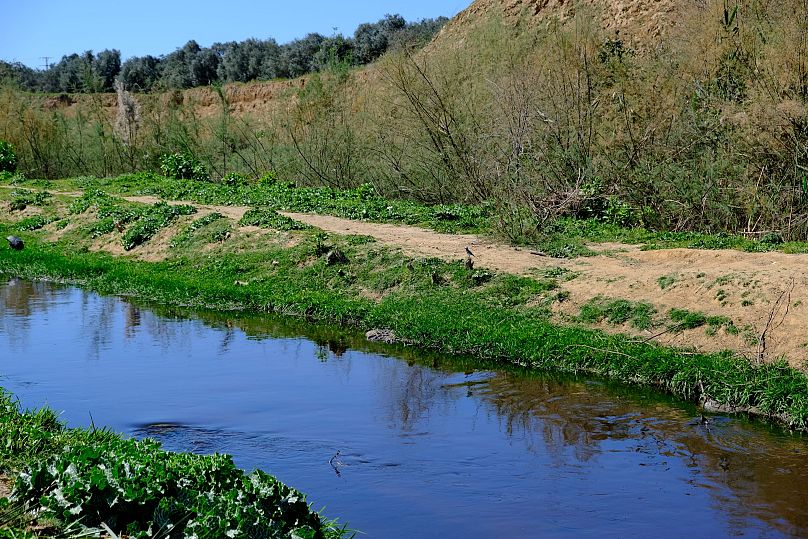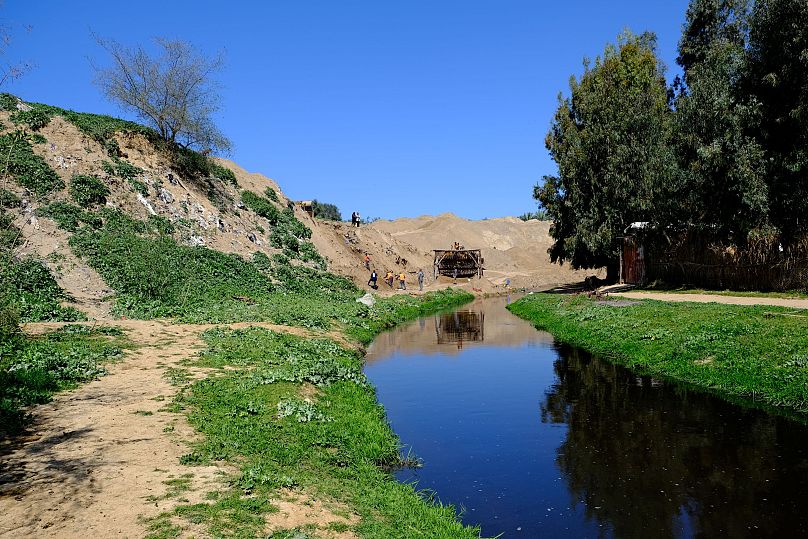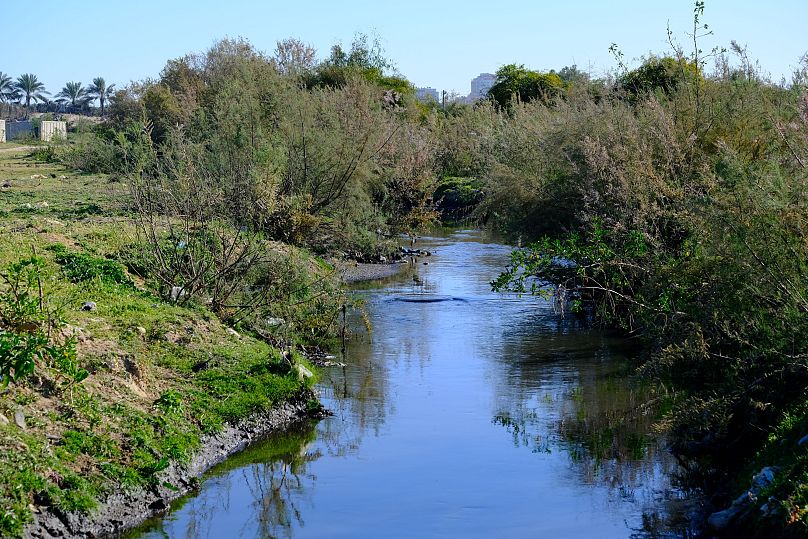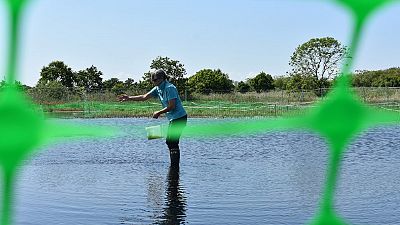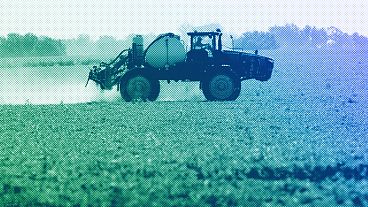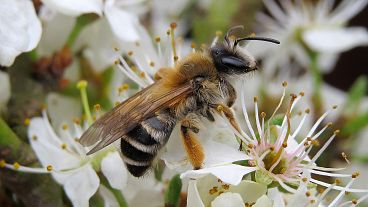A €46 million project is trying to rehabilitate Palestine's Wadi Gaza, raising hopes that what was once destroyed can be restored.
Muzaraq “Abu Salman” Arash remembers a time when fish swam in Gaza’s wetlands and thousands of migrating birds soared above him every spring and autumn.
Water used to stream down the Hebron hills in the West Bank and wind through the Naqab desert, filling the coastal wetlands of central Gaza before reaching the Mediterranean Sea.
“There were a lot of animals, a lot of plants. The water was so clean we used to drink it,” says Abu Salman, who has lived in Wadi Gaza his entire life. He doesn’t know how old he is, but estimates he is about 60.
Over the decades, Abu Salman witnessed a serious deterioration of Gaza’s once vibrant wetlands, an important stopover point for birds migrating between Africa, Europe and Asia.
‘An environmental disaster’: What happened to Wadi Gaza?
In the 1970s, upstream water diversion by Israel decreased the flow of rainwater reaching Wadi Gaza. Then local municipalities started dumping raw sewage, solid waste and debris into the valley, turning what remained of the wetlands into wastelands.
In 2000 the site was declared a nature reserve by the Palestinian Authority, in an attempt to halt the deterioration of its natural resources and biodiversity. But the situation in the Gaza Strip kept getting worse.
The enclave’s infrastructure has collapsed since Israel imposed an air, sea and land blockade in 2007, after Palestinian militant group Hamas seized power. Chronic electricity outages and fuel shortages have disrupted water and waste treatment facilities.
With the population growing to more than two million, rubbish piled up and the stench of raw sewage choked the life that used to flourish in Wadi Gaza. The water reaching the sea was so heavily polluted that in 2017, 73 per cent of Gaza’s beaches were unsafe to swim in.
“Wadi Gaza became an environmental disaster,” says Yosor al-Atrash, a water and environmental consultant who has studied the devastating impact of pollution on wildlife and public health in the valley.
“It became dangerous for the biodiversity there, but also for the people living in the area who suffered from parasites, infections and diseases,” she says.
How is Wadi Gaza being restored?
Decades of reduced freshwater inflows, creeping urban development and pollution have crippled Wadi Gaza’s fragile environment. Yet despite being buried under layers of sewage and waste, the valley is still alive.
A recent project by the United Nations’ Development Programme (UNDP) aims to rehabilitate the area as a nature reserve and coastal wetland.
Since launching in 2021, an internationally-funded wastewater treatment plant in central Gaza has allowed cleaner water to flow into the valley.
“It’s the right time to restore the wetlands because the wastewater treatment station is providing a continuous source of water that we can rely on to feed the Gaza valley,” explains Ahmed Hilles, the head of Gaza’s National Institute for Environment and Development (NIED).
“The first phase of the project was to ensure the five municipalities around Wadi Gaza work together and to establish a joint service council,” says Yvonne Helle, UNDP’s Special Representative of the Administrator for Assistance to the Palestinian People. The second stage involves clearing out 50,000 tonnes of garbage and trying to stop illegal dumping in the area.
UNDP’s 10-year, $50 million (€45.5 million) restoration project aims to create an ecological oasis and a recreational centre for the people of Gaza. With initial funding of $9 million (€8.2 million) from Belgium, Norway and Japan, the project still needs to secure additional finance to proceed.
But environmentalists are already noticing changes.
“The situation is improving,” says Abdel Fattah Rabou, a professor of environmental studies at the Islamic University of Gaza who specialises in Wadi Gaza’s biodiversity.
“Just a few years ago the smell there was terrible. Now we see life going back to the valley, animals that had disappeared are coming back,” says Atrash.
The next step is to strengthen the embankment of the valley to provide flood control and to start greening the area by planting native species adapted to the region.
UNDP’s plan aims to address the problems of pollution, offer flood protection, improve water quality and restore biodiversity. The area used to support more than 100 species of birds and 250 species of plants.
But the project is not just about the environment, it’s also about improving livelihoods in one of the world’s most densely-populated areas.
“People need a recreational space where they can walk, breathe and relax. This project is about quality of life, and a sense of dignity and pride,” says Helle.
Renewed hope and the ongoing fight for Gaza’s wetlands
Wetland ecosystems harbour rich biodiversity and provide a wide range of services such as water purification, flood mitigation and erosion control.
They also play a role in combatting extreme weather events like floods, and store vast amounts of carbon; so their conservation can help curb climate change. Yet the world has lost 87 percent of natural wetlands in the last three centuries.
The project in Wadi Gaza is raising hopes that what was destroyed can be restored in one of the world’s most beleaguered environments. “Wadi Gaza’s wetlands have historical importance, they are part of our heritage and are important for biodiversity here, so it’s important to rehabilitate them,” says Atrash.
But there are significant challenges. For Atrash, one of the biggest problems is the risk of floods.
Israel has diverted water upstream to supply its growing population and industries, preventing the natural flow of rainwater to the lower lands in the Gaza Strip.
During heavy rains however, Israeli authorities release water downstream, resulting in catastrophic floods that have affected agricultural and residential areas in wet years, she explains.
Israel’s Water Authority did not respond to interview requests.
“There is also the problem of financing the project so that it can continue in a sustainable way,” adds Atrash.
Hilles says the difficulties lie not just with Israeli restrictions and control of water flows, but also with local authorities. “We need law enforcement and monitoring to make sure the region is protected,” he says.
For those who live near the wetlands, the new wastewater treatment plant and the removal of heaps of garbage are already making a difference.
“Now that [the valley] is cleaner it feels wider, there is more space for us,” says Abu Salman, sipping tea in his precarious dwellings in the eastern part of Wadi Gaza.
“At least now we can breathe a little.”
Ameera Harouda contributed to this article.
_This project was supported by the International Women’s Media Foundation’s Howard G. Buffett Fund for Women Journalists. It was originally published on 16/04/23.
_
